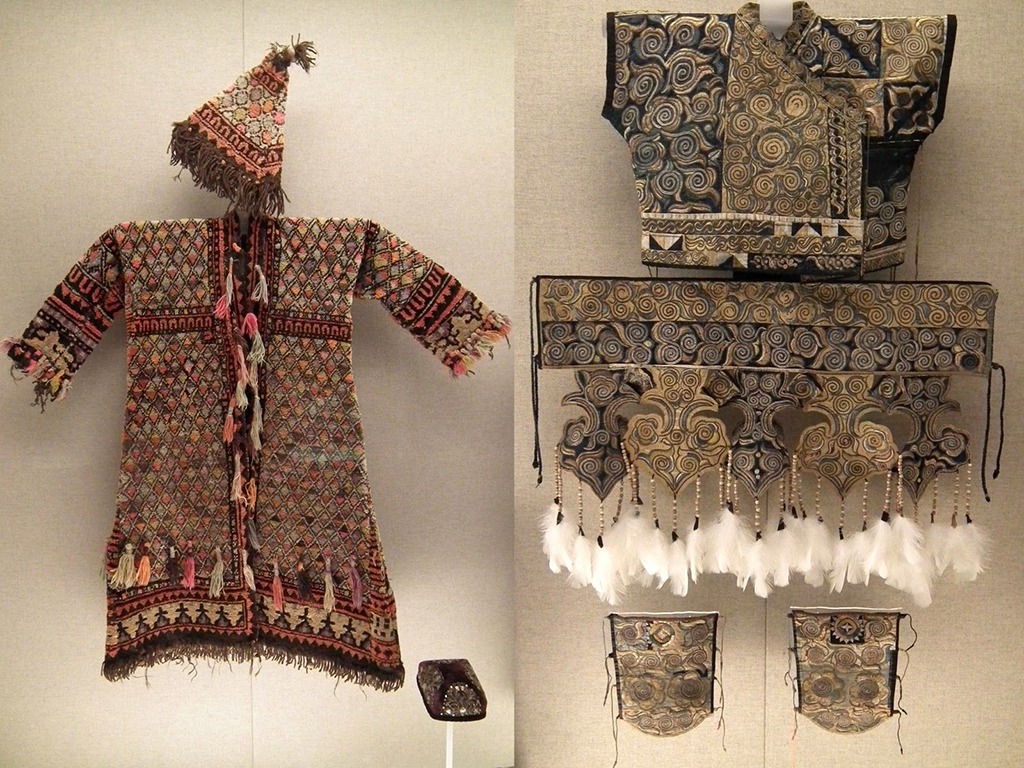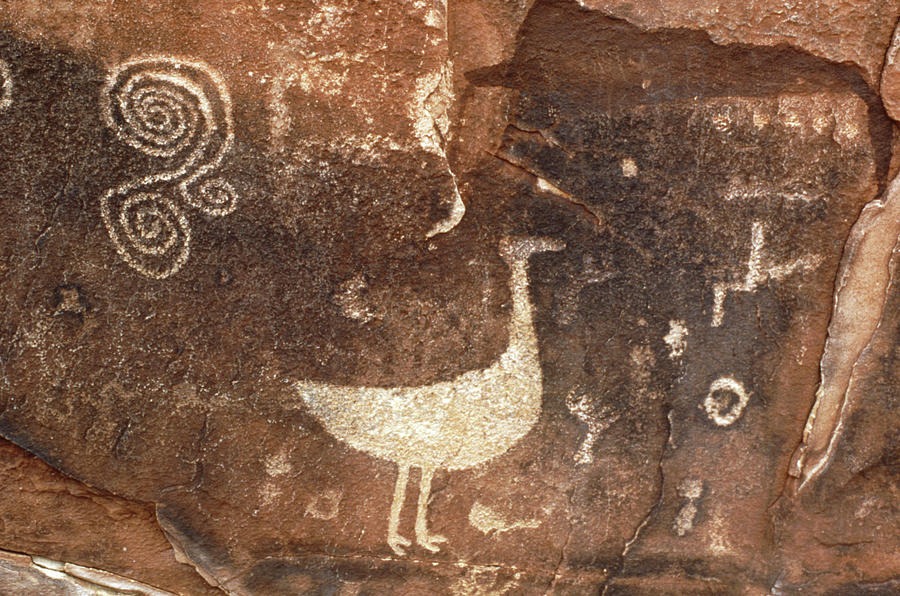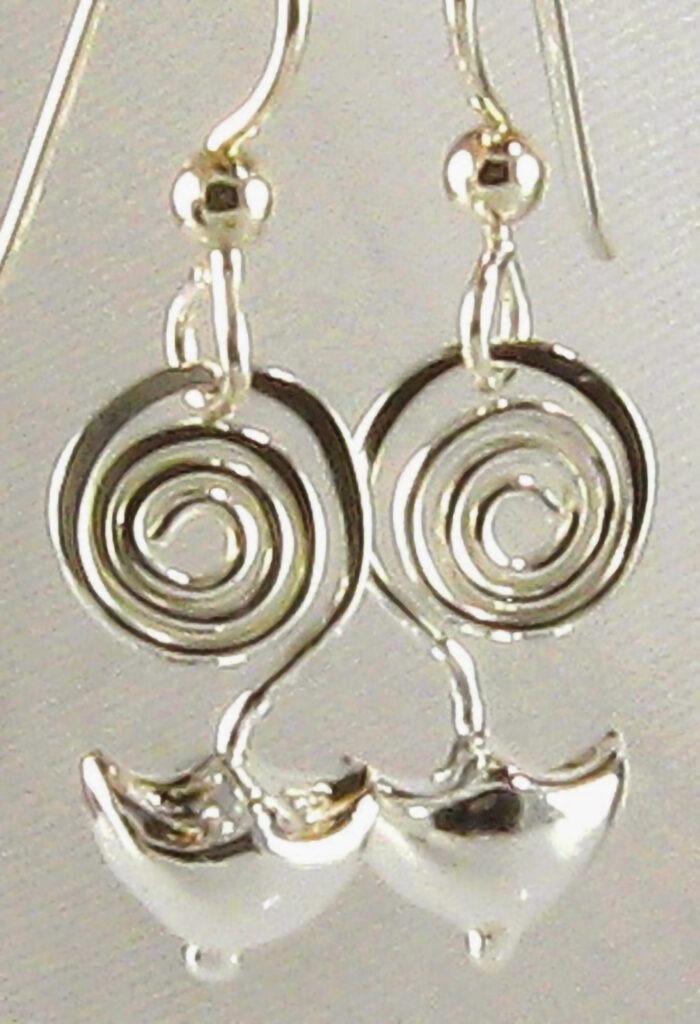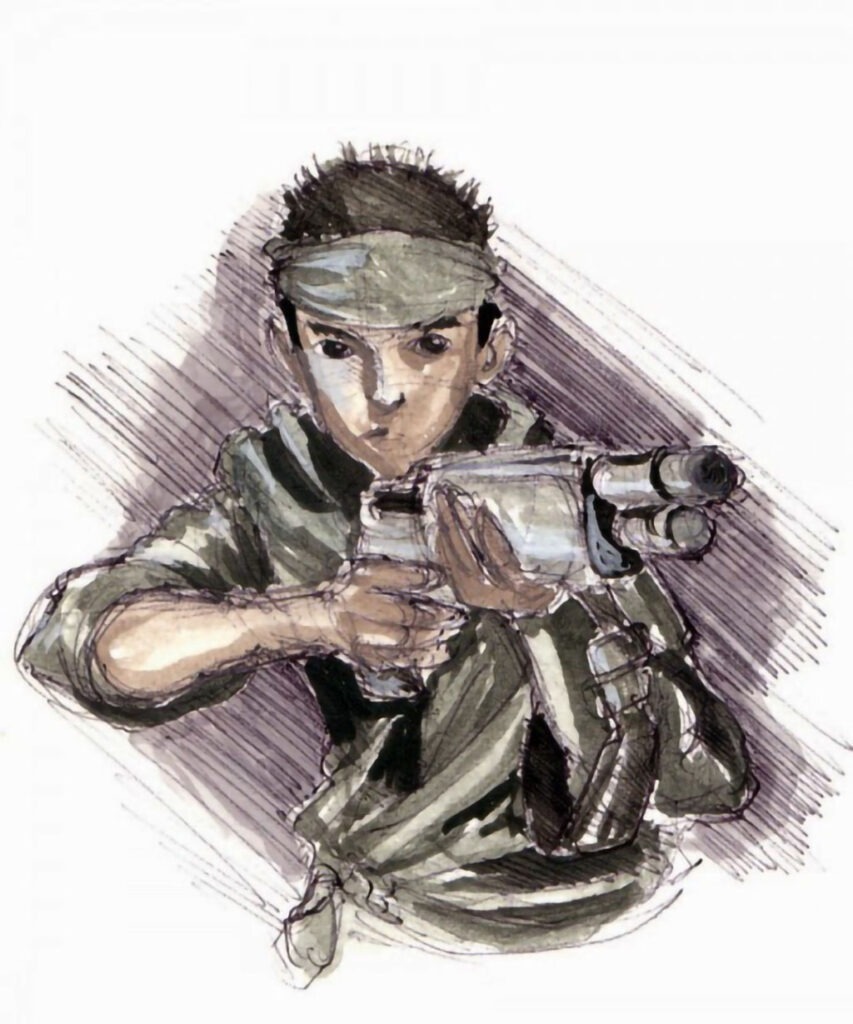
Native American And Dong: Using This Same Spiral Design
Shared Spirals: Comparing Native American and Dong Cultural Designs
Explore the fascinating similarities between Native American glyphs and the spiral motifs in Dong minority ritual attire, uncovering cultural connections and shared symbolism.


Shared Spirals: Comparing Native American and Dong Cultural Designs
Symbols and patterns can bridge cultures, showcasing shared human expressions and beliefs. One such intriguing similarity lies in the spiral designs found in Native American glyphs and the ritual attire of the Dong minority from Guizhou province, China.
Native American Glyphs
Native American art is rich in symbolism, with spiral glyphs often representing concepts such as life cycles, eternity, and spiritual journeys. These patterns appear in petroglyphs across North America, etched into rocks by ancient hands, telling stories of connection with nature and the cosmos.
Dong Ritual Attire
The Dong minority in Guizhou province, China, also incorporates spiral designs into their cultural expressions. Their ritual attire, adorned with intricate spiral motifs, reflects harmony, cyclical balance, and reverence for ancestral traditions. These symbols are integral to ceremonies celebrating life and community.
Cultural Connection: Shared Spirals
While separated by continents and millennia, the spiral designs in these cultures may symbolize universal human themes — such as eternity, life, and spiritual connection. Could these parallels suggest a shared lineage, ancient communication, or simply the universality of human creativity?
This comparison opens doors for further exploration, inviting us to uncover the shared threads that unite humanity through art and symbolism.
Key Takeaway
By appreciating these similarities, we not only celebrate the uniqueness of Native American and Dong artistry but also recognize the universal language of symbols that transcend borders.





Responses